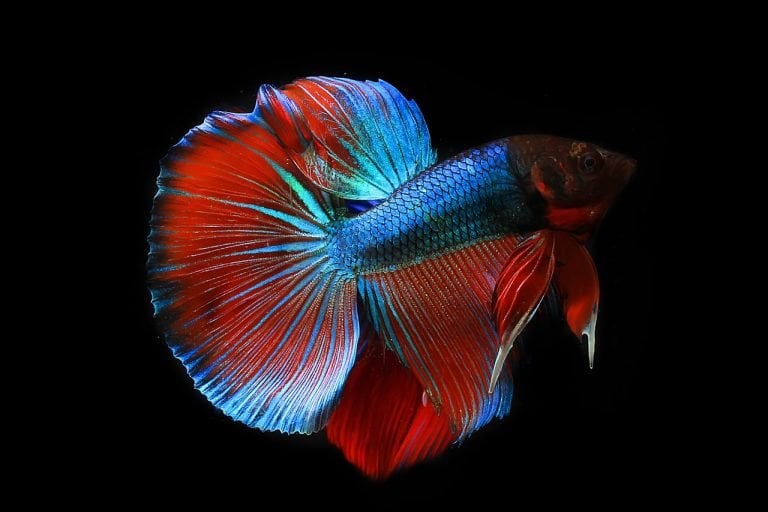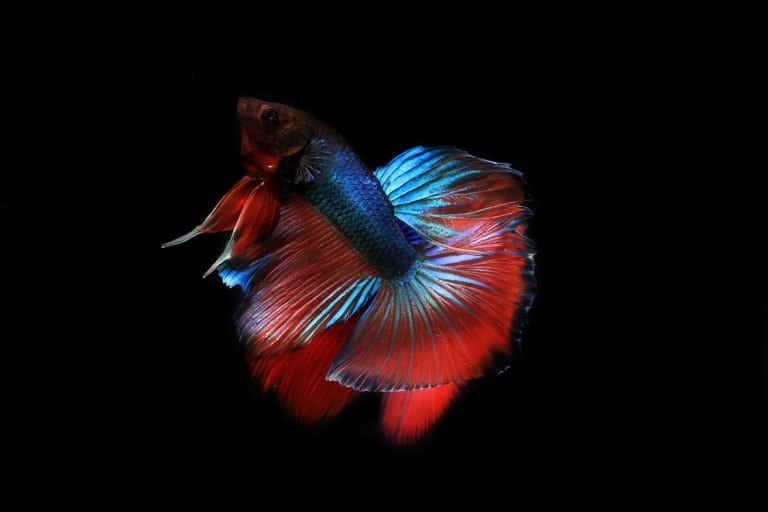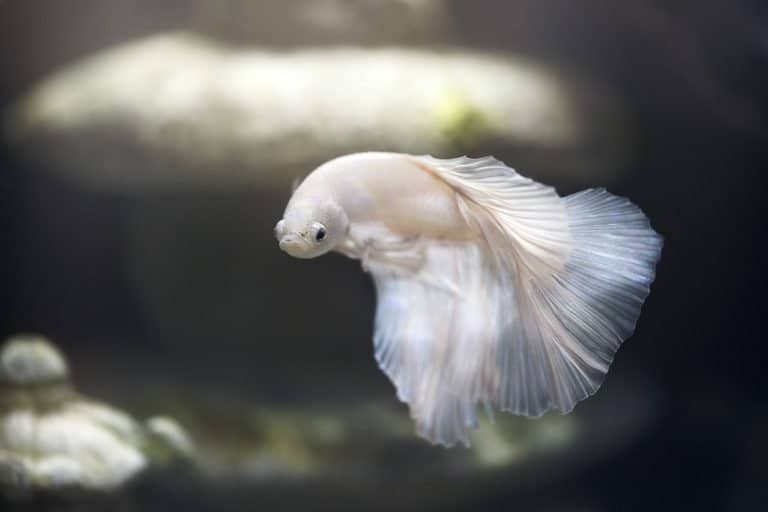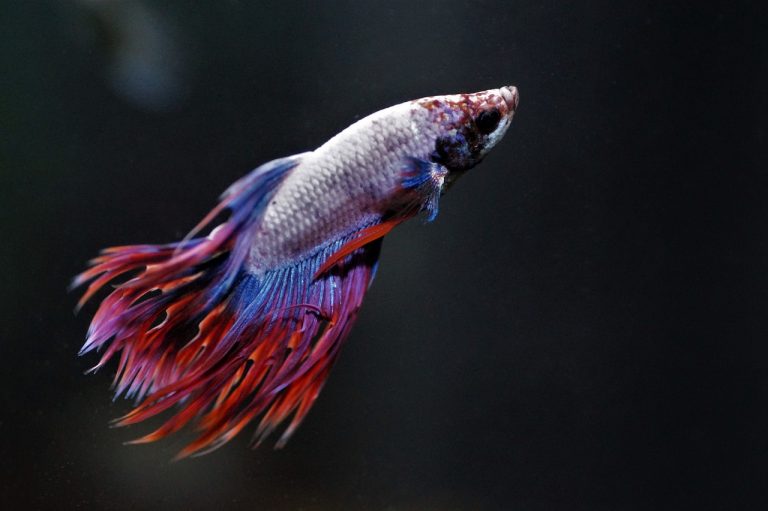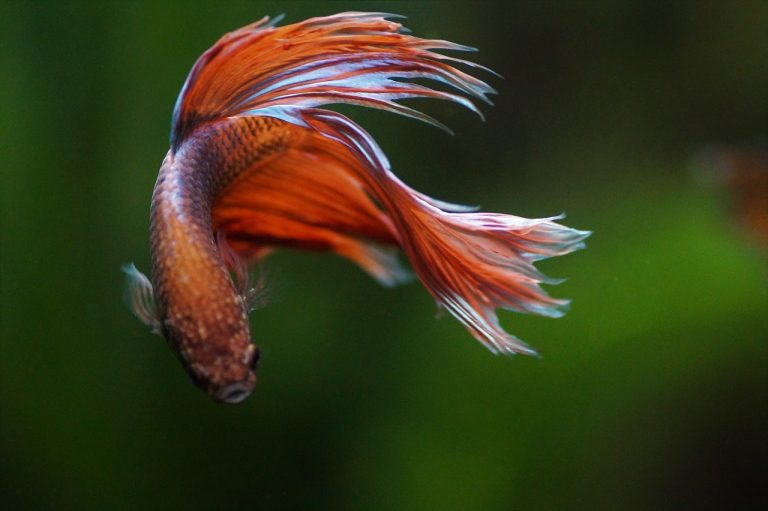In the intricate dance of Betta splendens, or Siamese fighting fish, reflections serve as a pivotal tool for insight into their complex social behaviors.
‘Mirror, Mirror: Using Reflections to Understand Betta Behavior’ is an explorative discourse on how simulated conspecific interactions can shed light on aggression, territoriality, and stress responses in these captivating aquatic creatures.
Through methodical observation and analysis, enthusiasts and researchers alike can utilize reflective surfaces to responsibly gauge the psychological well-being of their bettas, ultimately fostering a more harmonious environment that respects the intrinsic need for freedom inherent in all living beings.
This treatise underscores the significance of ethical observation techniques in the pursuit of a deeper understanding of Betta behavior, aligning aquarist practices with the broader ethos of respect for animal autonomy.
Key Takeaways
- Aggressive displays in betta fish can be observed through flared gills, spread fins, intense coloration, territorial nature, and evolved behaviors.
- Mirror tests can serve as behavioral mirrors, providing insights into individual temperaments, behavioral plasticity, reflective learning, and a range of aggressive displays.
- Stress indicators in betta fish include erratic swimming, loss of coloration, reduced appetite, stress stripes as a visual indicator, and fin clamping as a sign of discomfort.
- Conducting safe mirror tests involves strategic mirror placement, short test duration, careful observation and documentation, prevention of chronic stress, and stopping the test if distress or aggression is observed.
The Betta’s Aggressive Display
When a betta fish encounters its reflection, it often exhibits an aggressive display characterized by flared gills, spread fins, and intense coloration. This phenomenon is rooted in the species’ inherent territorial nature.
The reflections are perceived as rivals, eliciting a series of territorial dances and posturing aimed at communicating dominance and deterring potential encroachment. Scientific analysis reveals that these displays are not mere random acts but are highly structured, evolved behaviors designed to maximize the betta’s survival within its environment.
The ritualized aggression, which includes color intensification, serves a dual purpose: it is a deterrent to would-be competitors and a signal of genetic fitness to potential mates. This behavior underscores the complex social interactions that even solitary species like betta fish engage in.
Reflections as Behavioral Mirrors
Behavioral plasticity in betta fish becomes evident when they interact with their reflections, offering insights into their individual temperaments and stress responses. This phenomenon has been harnessed in studies to gauge behavioral flexibility and resilience, as bettas are prompted to confront a perceived intruder without the risk of physical harm.
Reflective learning emerges as bettas modify their behavior in response to their own mirrored image, leading to a nuanced understanding of:
- The range of aggressive displays, from flaring gills to fin spreading
- Subtle changes in posture and swim patterns indicating stress or curiosity
- Variations in response times, revealing differences in cognitive processing
Through careful observation, researchers can extract behavioral insights, painting a richer picture of betta fish psychology and enhancing animal welfare by tailoring environments to encourage freedom and well-being.
Stress Indicators in Betta Fish
Commonly, betta fish exhibit stress through specific behaviors such as erratic swimming, loss of coloration, and reduced appetite. These manifestations are the fish’s physiological responses to adverse stimuli, which can range from environmental factors to social interactions.
Scientific observation has identified ‘stress stripes,’ horizontal lines that appear on the body of the betta, as a visual indicator of distress. Moreover, ‘fin clamping,’ where the betta holds its fins close to the body rather than fanning them out, is another recognizable sign of discomfort. These stress markers are crucial for owners who value the freedom and well-being of their aquatic companions.
Monitoring for such indicators allows for timely intervention, fostering a habitat that supports the betta’s psychological and physical health.
Conducting Safe Mirror Tests
In light of these stress indicators, it is important to employ mirror tests carefully to avoid exacerbating a betta’s stress while attempting to gauge its behavioral responses. The methodology must be finely tuned to ensure the welfare of the betta, focusing on:
- Mirror placement: Position the mirror strategically to allow for a clear, but limited, view, preventing prolonged exposure that may lead to chronic stress.
- Test duration: Limit the exposure time to short intervals, typically no more than a few minutes, to reduce the risk of undue stress.
- Observation protocol: Carefully observe and document the betta’s behavior, looking for signs of distress or aggression, and cease the test if these become apparent.
Interpreting Betta Mirror Interactions
How do betta fish respond to their own reflections, and what can these interactions tell us about their cognitive and emotional states?
When betta fish encounter their reflections, the display of mirror aggression is not merely a random act of hostility; rather, it is a manifestation of their ingrained territorial instincts. The intensity and duration of aggressive displays, characterized by flaring gills and fins, charging, and biting at the mirror, provide valuable insights into the betta’s psyche.
Analyzing these reactions allows researchers to gauge the strength of a betta’s territorial drive and assess individual variations in aggression levels. This behavioral metric can serve as a proxy for understanding the complexity of betta fish social cognition and emotional regulation, thereby pushing the boundaries of what we comprehend about their subjective experiences.
